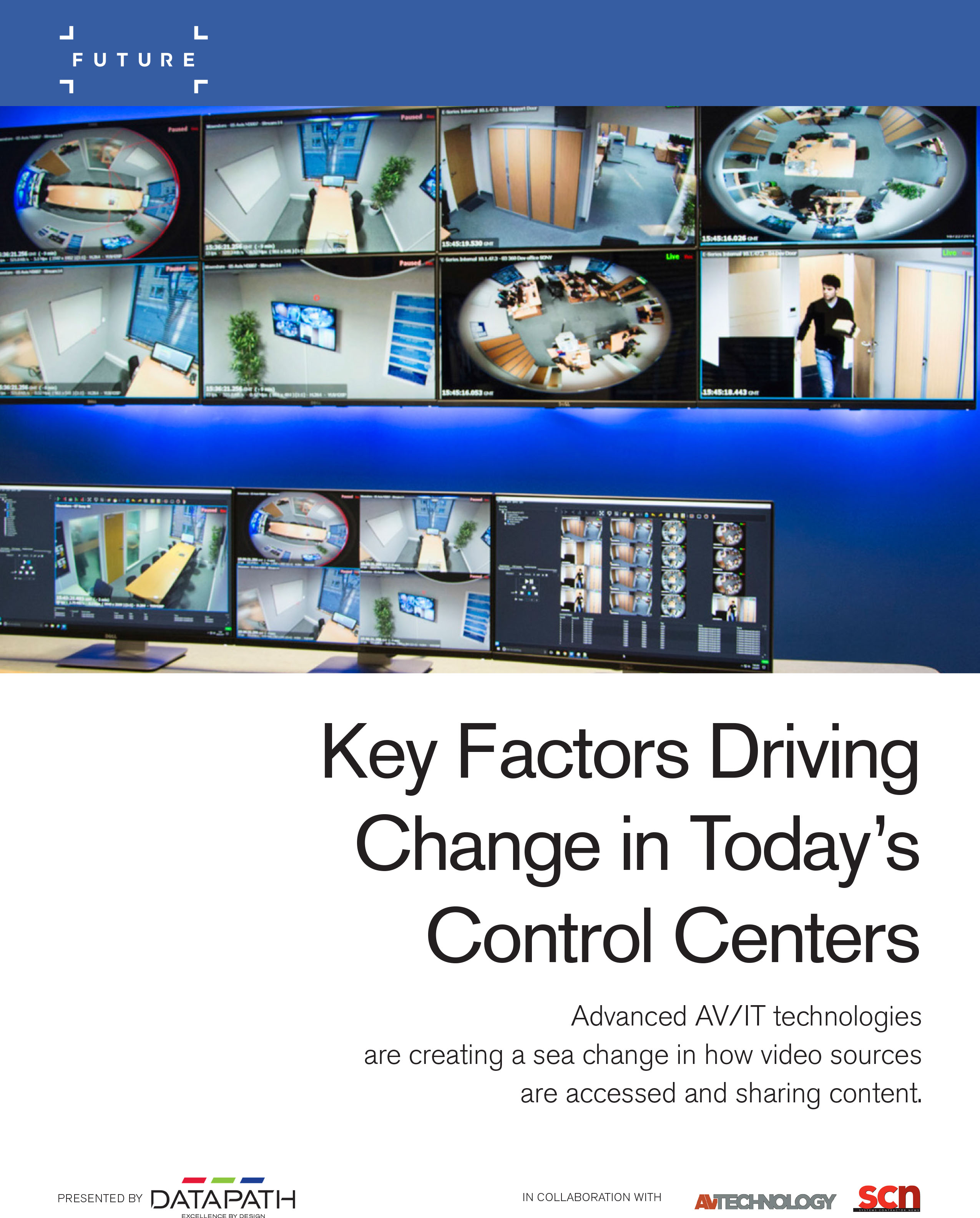

In the past few years, technology has created a sea change in user expectations affecting many aspects of business. Users expect to instantly share information such as video and data from one device to many, video conference with multiple people, enjoy security features such as facial recognition, and have fingerprint and multi-level user access control. High-resolution displays are a given, and the ability to pinch and zoom has been around for more than a decade. Yes, we’re talking about smartphones.
The smartphone has been pushing technology innovators of large-scale commercial applications to deliver the same or better experience. Intuitive user experiences have become a must in today’s fast-paced control rooms.
Kristian Sigston is the Equipment Services Co-ordinating Engineer at an NHS Foundation Trust, which provides the CCTV system comprising 350 cameras and access control for the public-facing premises of a single site hospital in the county of Kent in southeast England. “All the security staff needs to do, using a mouse or with the swipe of a finger, is flick an image from a camera up to the video wall much in the same way they would with their smartphone,” says Sigston. “The less they see of the backend stuff, the better.”
Control center technologies such as this are quickly evolving, enabling a more agile approach to how video data is used and shared. Teams can act quickly—as operators isolate and share secure mission-critical visual information inside and outside the primary control center.


Related Reading: Recent technological advances are enabling AV designers, integrators, and managers of control centers to rethink lifecycle planning, reduce the amount of video wall controllers, and share content with satellite rooms more easily and securely for their customers. Sharing mission-critical content from a central control room to a crisis room or another secure location was once a desired feature, and is now a trend. Until recently, this has required duplicate AV equipment for each room.This white paper discusses how the role of advanced AV/IT video wall control technologies and content collaboration tools is undergoing a sea change.

Open architectures and IP technologies allow flexibility, modularity, and scale—ultimately changing how AV/IT consultants, integrators, and end users approach the design of today’s control room.
When researching video wall solutions, look for the elements below:
7 Mission-critical Elements of Today’s Control Room
1. Share Secure Content
Encode and share any source securely to authorized users via IP, wherever needed.
2. Source Flexibility
Ensure the video wall controller can concurrently accept old and new camera sources, as well as varying resolutions.
3. Modularity and Scale
Easily expand from small systems with a dozen cameras on a few displays to hundreds of inputs on up to 64 displays.
4. Flexible Layout Creation and Switching
Customize layouts and easily switch sources to make the overall operation more streamlined and efficient.
5. Easy Integration
Integrate multiple external control surfaces to customize each operations room. Ability to integrate with third-party applications.
6. Carousel Inputs
Enable hundreds of sources to be monitored on a rotating basis.
7. User Rights Management
Like an enterprise network, not everyone should have full access to every area.
Read more on the latest developments in video wall technology.
